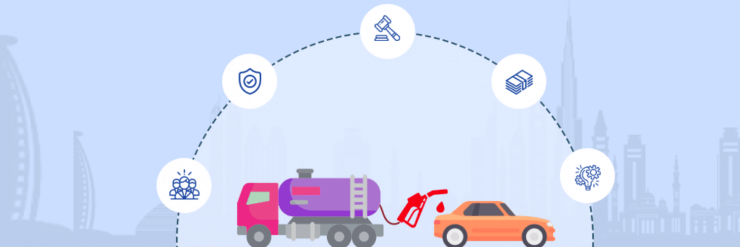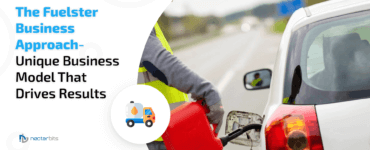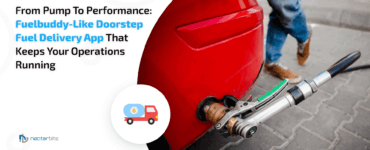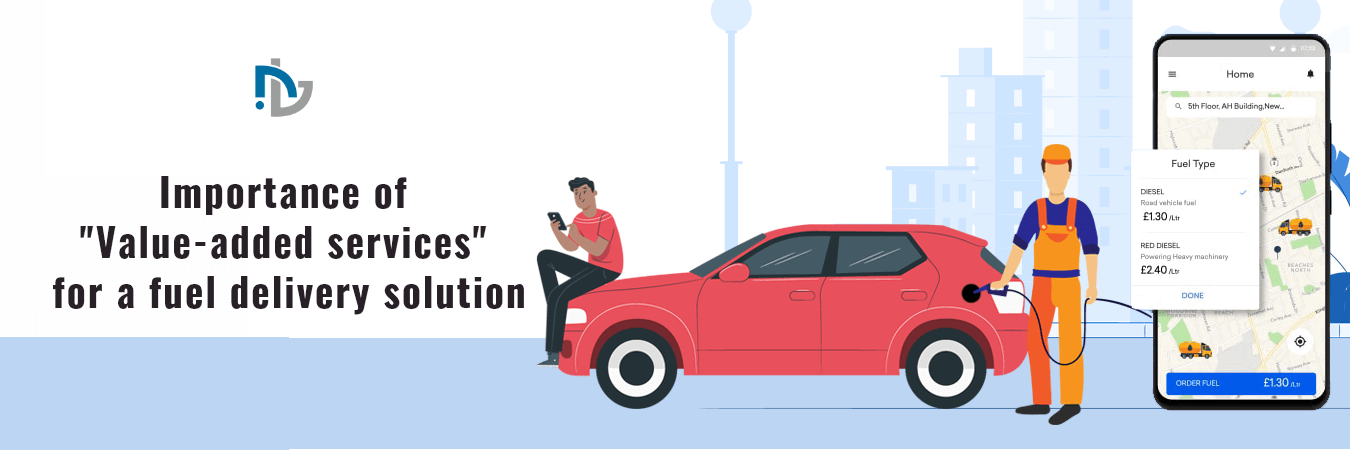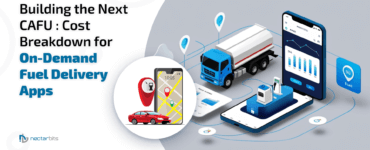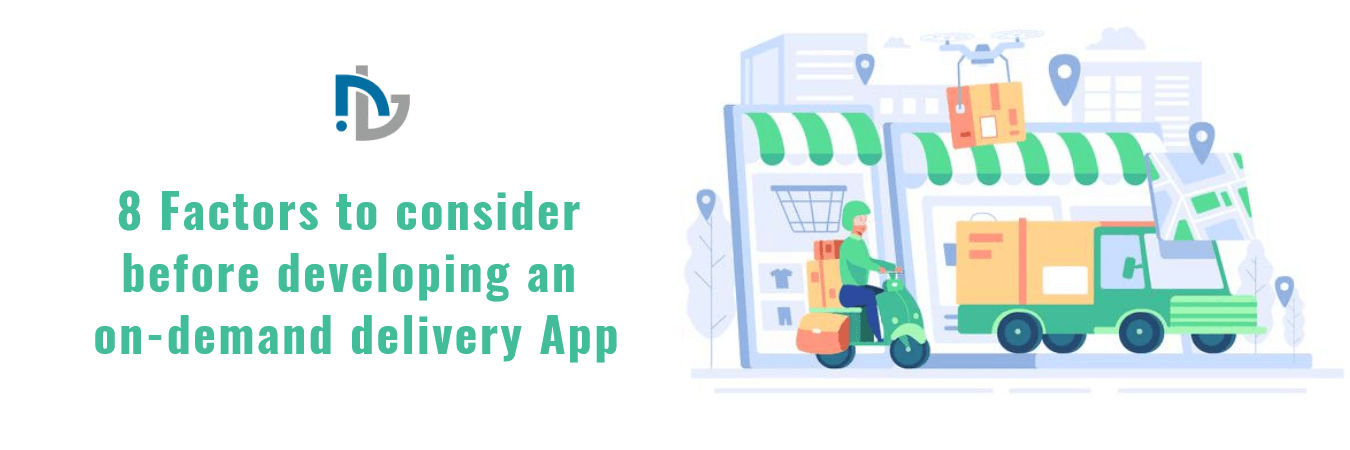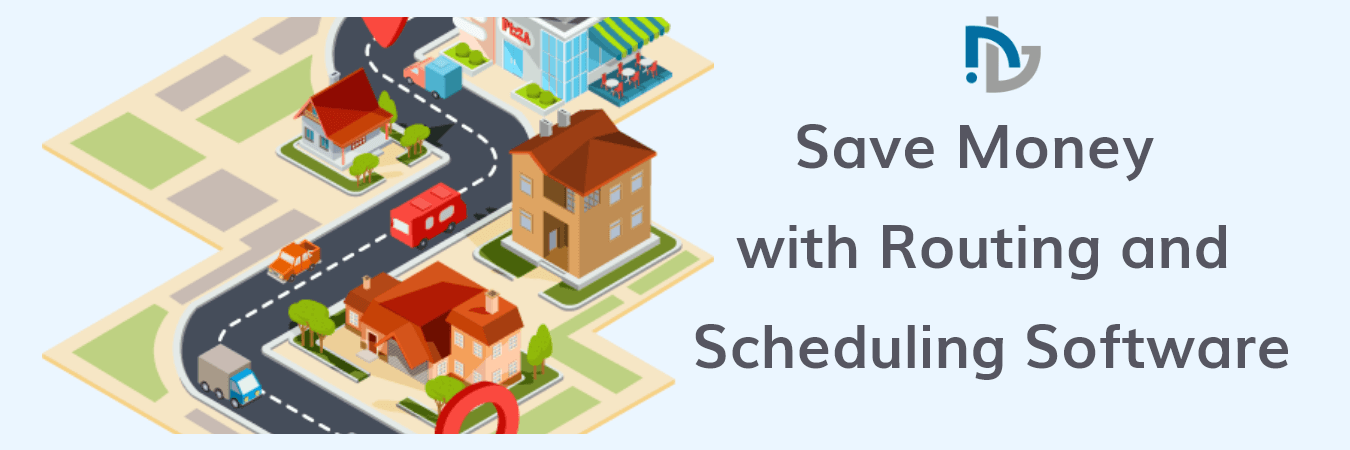According to IEA’s forecast in February, the global oil demand would grow by 825,000 barrels a day in 2025.
According to the International Energy Agency (IEA), the global oil demand was projected to grow by 825,000 barrels per day in 2025. However, the outbreak of COVID-19 drastically altered this trajectory. At the peak of the pandemic, global oil demand plummeted by around 90,000 barrels per day, largely due to travel restrictions and reduced mobility.
With lockdowns in place and public movement heavily restricted, traditional fuel stations saw a sharp decline in visitors. Even as restrictions eased, many consumers remained hesitant to visit fuel stations due to the high-touch surfaces and associated health risks, especially gas pump handles, which are touched by dozens of people daily. This led to health experts advising the public to wear gloves or use paper towels while refuelling, adding extra layers of inconvenience.

🔥 The Takeaway: Resilience in Every Drop
On-demand fuel delivery apps are more than a convenience—they are lifelines in times of crisis. Their value multiplies during emergencies when traditional fuel supply chains are strained or inaccessible. Let’s explore how they provide unmatched resilience across various disaster situations:
🦠 1. Global Pandemics (e.g., COVID-19)
During pandemics, public interaction is minimized to prevent the spread of viruses. Traditional fuel stations become high-risk zones due to:
- Frequent surface contact (gas pump handles, payment terminals)
- Crowded waiting areas
- Limited operational hours
How on-demand fuel apps help:
- Contactless delivery keeps users safely at home or at work
- Digital payments remove the need for cash handling
- Scheduled refueling reduces the need for unplanned trips
- Apps like Booster and Cafu introduced “no-touch” fueling options and eliminated delivery charges to support public safety
⚔️ 2. Regional Wars & Political Conflicts
War zones often face fuel shortages, supply chain blockages, and unsafe public movement. Strategic resources like fuel become harder to access due to:
- Closed or destroyed fuel stations
- Curfews and restricted areas
- Fuel rationing or price inflation
How on-demand fuel apps help:
- Serve as decentralized micro-stations, reducing the need for mass fuel stations
- Enable delivery to military camps, refugee zones, emergency responders
- Support fleet operations for NGOs, logistics companies, or medical services
- Flexibly route around high-risk zones using GPS and AI
🌧️ 3. Monsoons & Seasonal Floods
During heavy monsoon seasons, fuel stations often shut down or become inaccessible due to:
- Flooded roads
- Power outages
- Infrastructure damage
How on-demand fuel apps help:
- Enable delivery to high-ground or safe locations
- Avoid the risks of standing in long queues in bad weather
- Offer predictive delivery scheduling, ensuring vehicles are fueled before weather worsens
- Keep transportation services, ambulances, and food delivery fleets running
Apps like Cafu in the UAE and Filld in the U.S. are already adapting their services to handle weather disruptions and ensure vehicle readiness in all conditions.
🌪️ 4. Natural Disasters (Hurricanes, Earthquakes, Wildfires)
Natural calamities create instant disruption to daily life. Roads may be blocked, electricity cut off, and fuel stations damaged or overwhelmed by panic buyers.
How on-demand fuel apps help:
- Deliver directly to rescue centers, hospitals, and emergency vehicles
- Prevent fuel hoarding by managing deliveries with fleet controls and caps
- Continue operations with off-grid, mobile refueling trucks
- Maintain essential logistics chains: ambulances, fire trucks, generators, delivery vans
In disaster-prone areas, having a mobile fueling option is not just about convenience—it’s part of an emergency response strategy.
💡 Summary: Why Resilient Fuel Access Matters
In every crisis, fuel plays a critical operational role:
- Emergency response vehicles need fuel to save lives
- Logistics teams need fuel to transport goods and medical supplies
- Citizens need fuel to relocate or remain prepared
On-demand fuel delivery apps ensure:
- No dependency on open fuel stations
- Flexible delivery in hard-to-reach areas
- Seamless digital experience with minimum risk
- Stability in supply for business continuity and public safety
These apps are digitally connected, logistically optimized, and physically mobile—making them more agile and adaptive than traditional fuel infrastructure. Whether it’s a flood, war, or virus, resilience is built into every drop they deliver.
🚀 How Nectarbits Can Help You Build a Powerful On-Demand Fuel Delivery App
Nectarbits specialises in building robust, scalable, and customizable on-demand app solutions tailored for modern businesses. With years of experience in developing mobile platforms for logistics, delivery, and service-based industries, Nectarbits is well-equipped to help fuel delivery startups and enterprises launch, grow, and manage their digital fueling services with ease.
✅ What Nectarbits Offers for Fuel Delivery App Development:
🔧 1. End-to-End Custom App Development
Nectarbits provides complete design and development services for:
- User App (iOS & Android) – For customers to schedule refuelling, track delivery, and make payments.
- Driver App – For delivery personnel to view routes, manage orders, and update status.
- Admin Dashboard – To manage pricing, analytics, delivery zones, and fleet performance.
🧠 2. Industry-Specific Features for Fuel Delivery
Your app will come loaded with all essential features tailored for the fuel industry:
- Real-time GPS tracking & route optimization
- Fuel quantity selection & delivery scheduling
- Secure payment gateway integration
- Digital receipts & transaction history
- Push notifications & alerts
- Contactless delivery support
- IoT & sensor integration for tank monitoring (optional)
🔐 3. Safety & Regulatory Compliance
Nectarbits ensures your app meets local and international compliance standards, including:
- Fire code and fuel transport safety protocols
- Data privacy (GDPR, HIPAA if needed)
- Secure payment processing (PCI-DSS compliance)
- Multi-role access and activity logs for audits
⚙️ 4. Scalable & White-Label Architecture
Whether you’re launching in one city or expanding across regions, our platform is:
- Modular and API-ready for third-party logistics
- Multi-language and multi-currency enabled
- Available as a white-label app for quick go-to-market under your brand
🧩 5. Integration with Smart Fuel Technologies
Want to enable AI-based delivery routing or integrate with smart tankers and IoT sensors? Nectarbits can:
- Implement AI/ML modules for demand prediction
- Integrate tank level sensors and delivery automation
- Enable fleet management tools for your operations
👨💼 6. Ongoing Support & Growth Consultation
Your journey doesn’t end with app launch. Nectarbits provides:
- Dedicated post-launch support
- Feature enhancement roadmap
- Technical guidance on scaling your platform
- Marketing and monetisation strategy consultation
💼 Who Should Work with Nectarbits?
- Fuel retailers expanding to mobile delivery
- Startups launching fuel delivery in cities or remote areas
- Oil & Gas companies digitising field operations
- Government or emergency services needing controlled fuel dispatch
💡 Ready to Build Your On-Demand Fuel Delivery App?
Nectarbits delivers not just technology—but strategy, speed, and scalability to launch your fuel delivery business. From prototype to product launch, our team works closely with you to design a solution that meets your market needs and regulatory requirements.
👉 Let’s bring your fuel delivery idea to life. Contact Nectarbits Now | info@nectarbits.ca
What are your thoughts? Do you find the steps appreciable? Let us know your views in the comments below.


